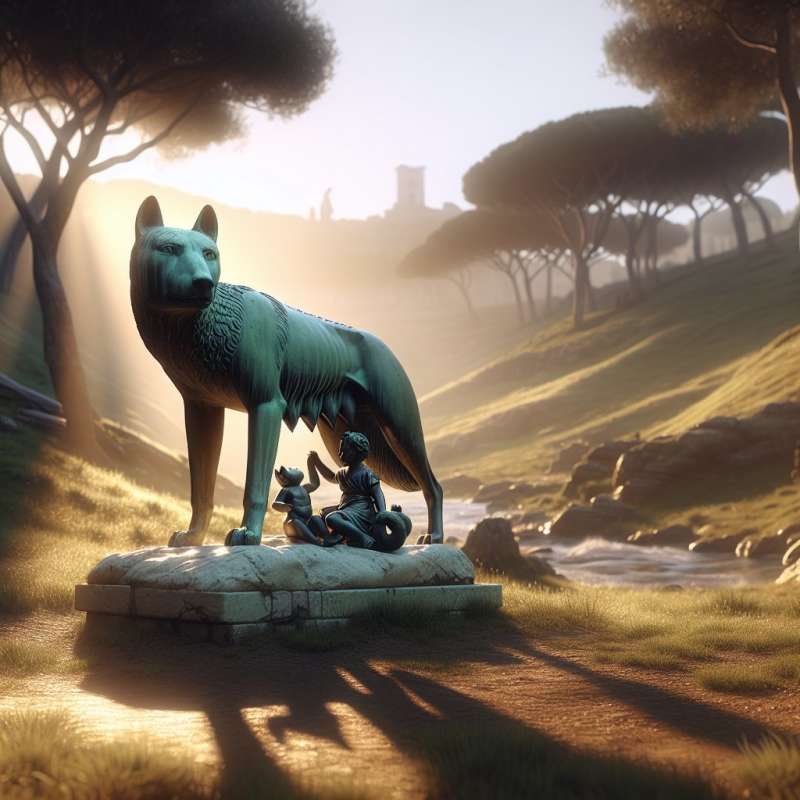
Rome's Mythical Foundation
According to legend, Rome was founded by Romulus and Remus in 753 BCE. Sons of the god Mars, they were raised by a she-wolf. Romulus killed Remus, becoming Rome's first king and giving the city its name.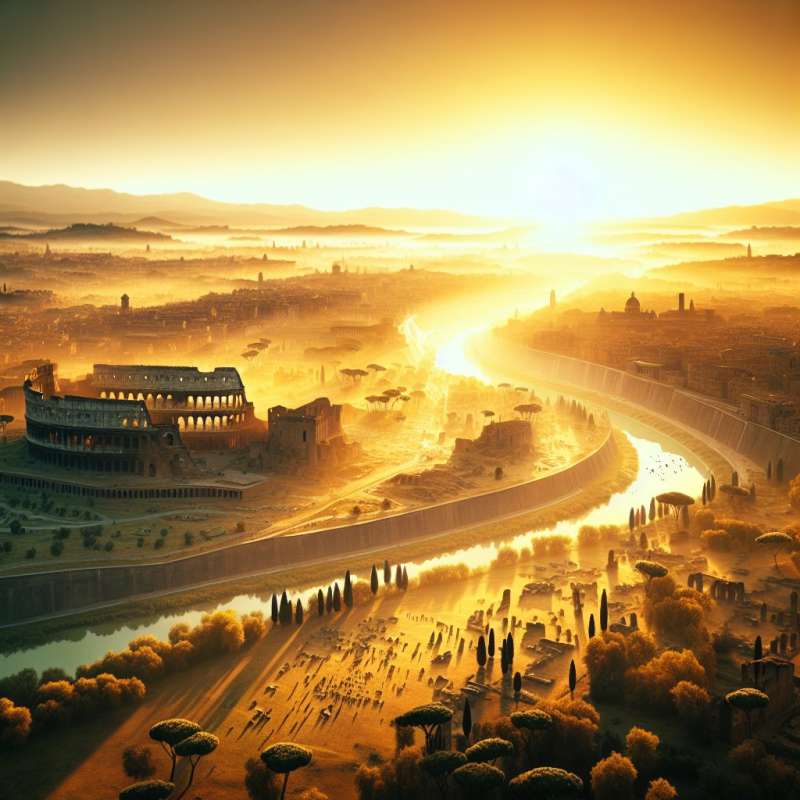
Strategic Location Chosen
The site of Rome was selected for its fertile soil and strategic position. Nestled on the Tiber River, the Palatine Hill provided a natural fortification and a central position in the Italian peninsula.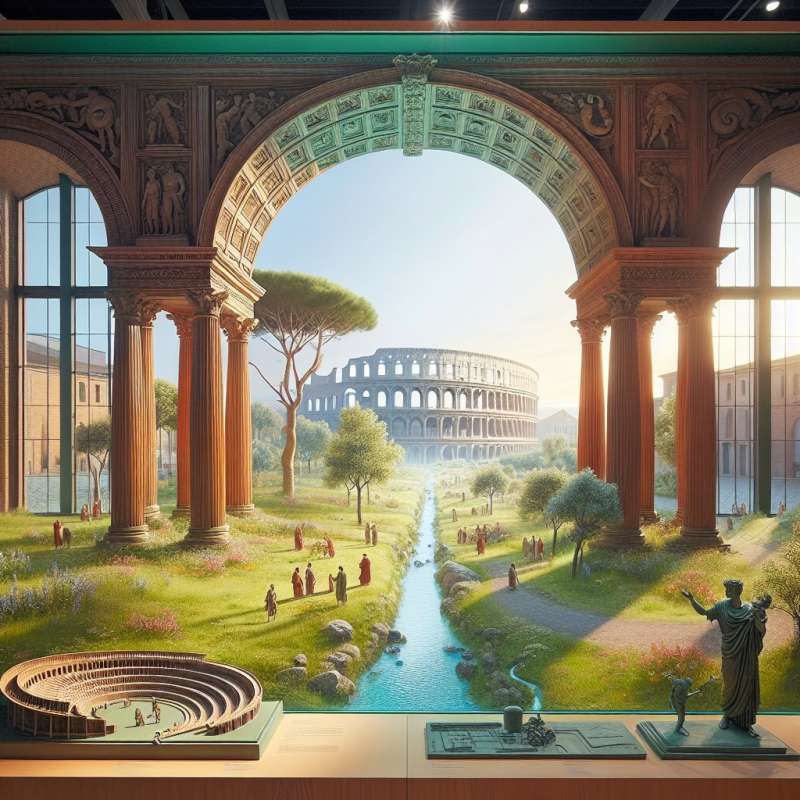
Etruscan Influence
Before the Republic, Rome was under Etruscan rule. These mysterious people heavily influenced Roman culture, religion, and architecture. The arch, sewage systems, and gladiatorial games have Etruscan origins.
Republic to Empire
Rome transitioned from a Republic to an Empire following Julius Caesar's assassination in 44 BCE. His adopted heir, Augustus, became the first emperor, initiating a period of unprecedented expansion and prosperity.
Engineering Marvels
Roman engineering feats include roads, aqueducts, and monumental buildings. The 50,000-mile road network connected the empire, while the aqueducts supplied fresh water, showcasing Rome's advanced urban infrastructure.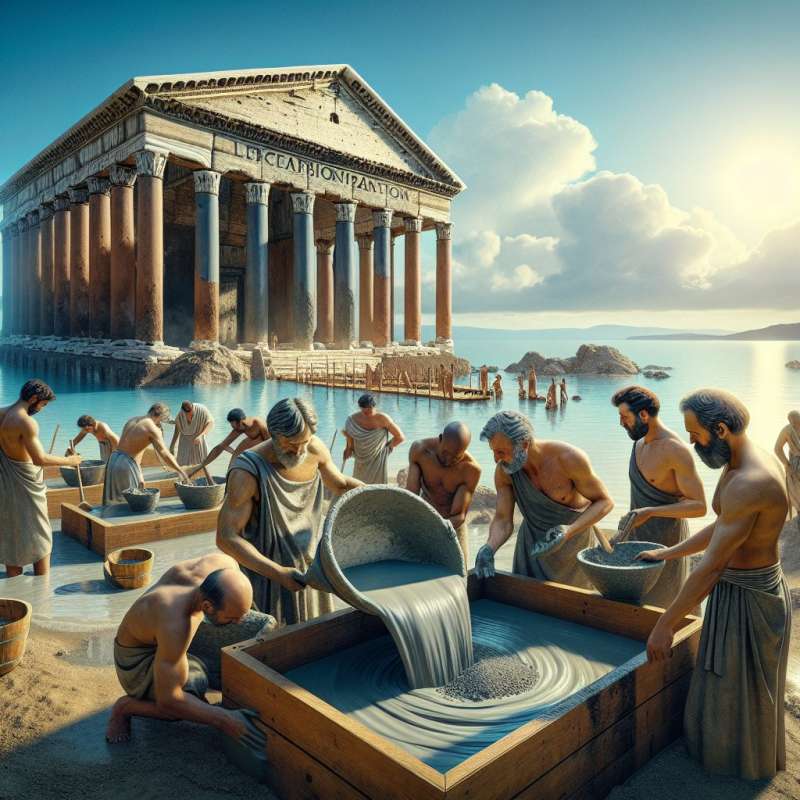
Concrete Revolution
Roman concrete, a mix of volcanic ash, lime, and seawater, revolutionized construction. It set quickly even underwater, facilitating the building of durable structures like the Pantheon and the aqueducts.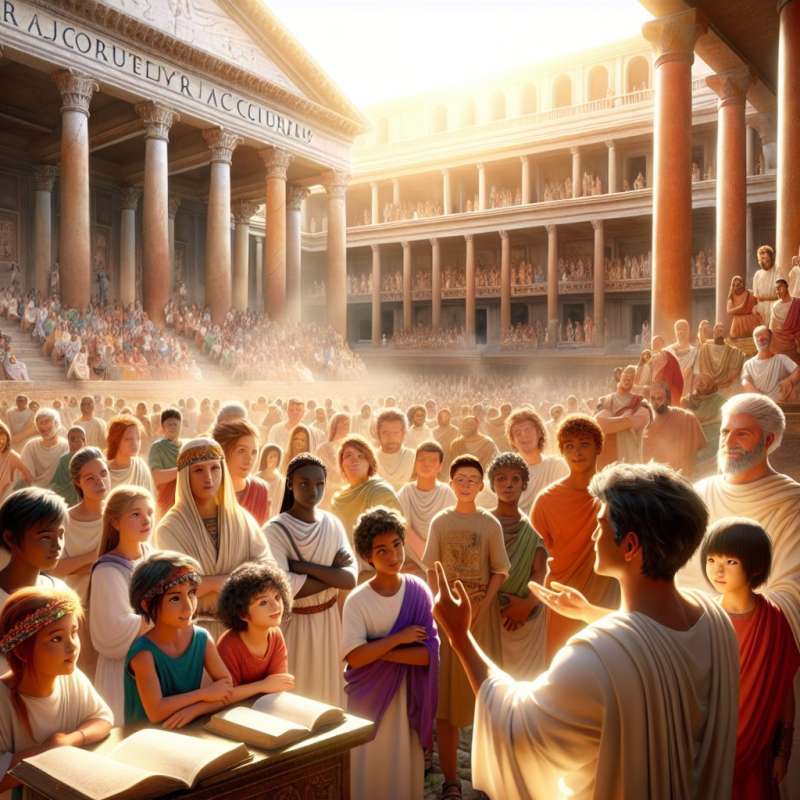
Cultural Syncretism
Rome absorbed gods, rituals, and philosophies from conquered lands, leading to a melting pot of cultures. This syncretism helped to spread Roman influence and facilitated the integration of diverse peoples.Rome's Fire Brigade
Emperor Augustus created the first firefighting force in Rome, called the 'Vigiles,' comprising 7,000 men.
Who founded Rome according to legend?
Aeneas and sons
Romulus and Remus
Cain and Abel
Company